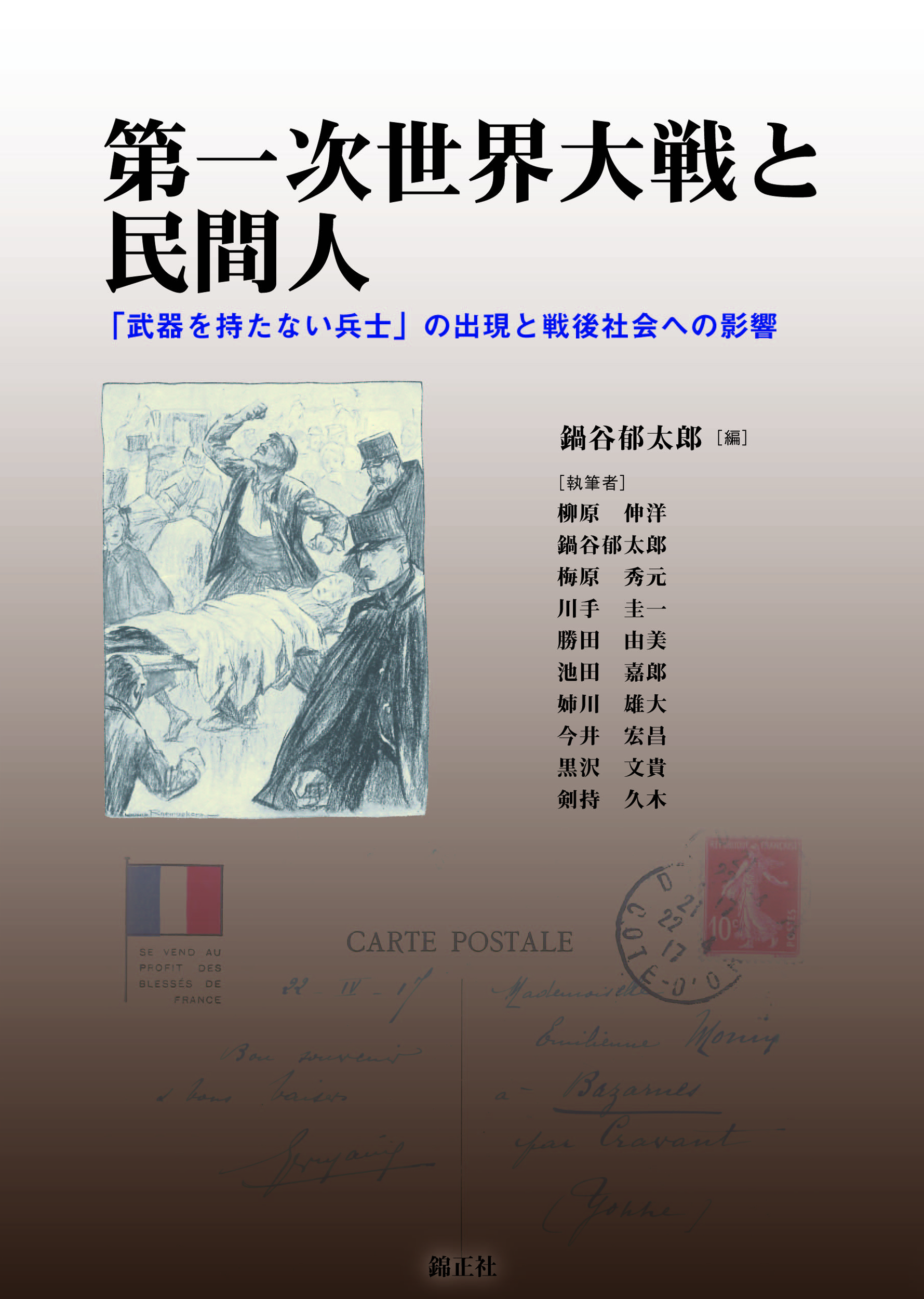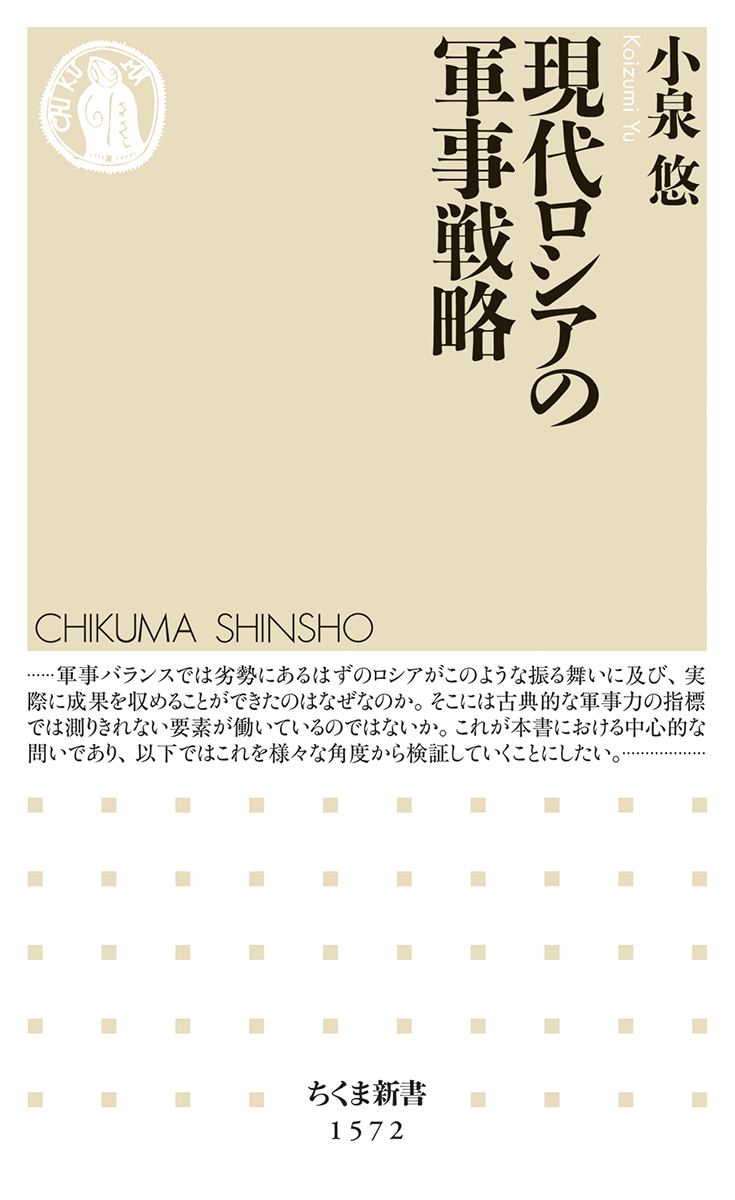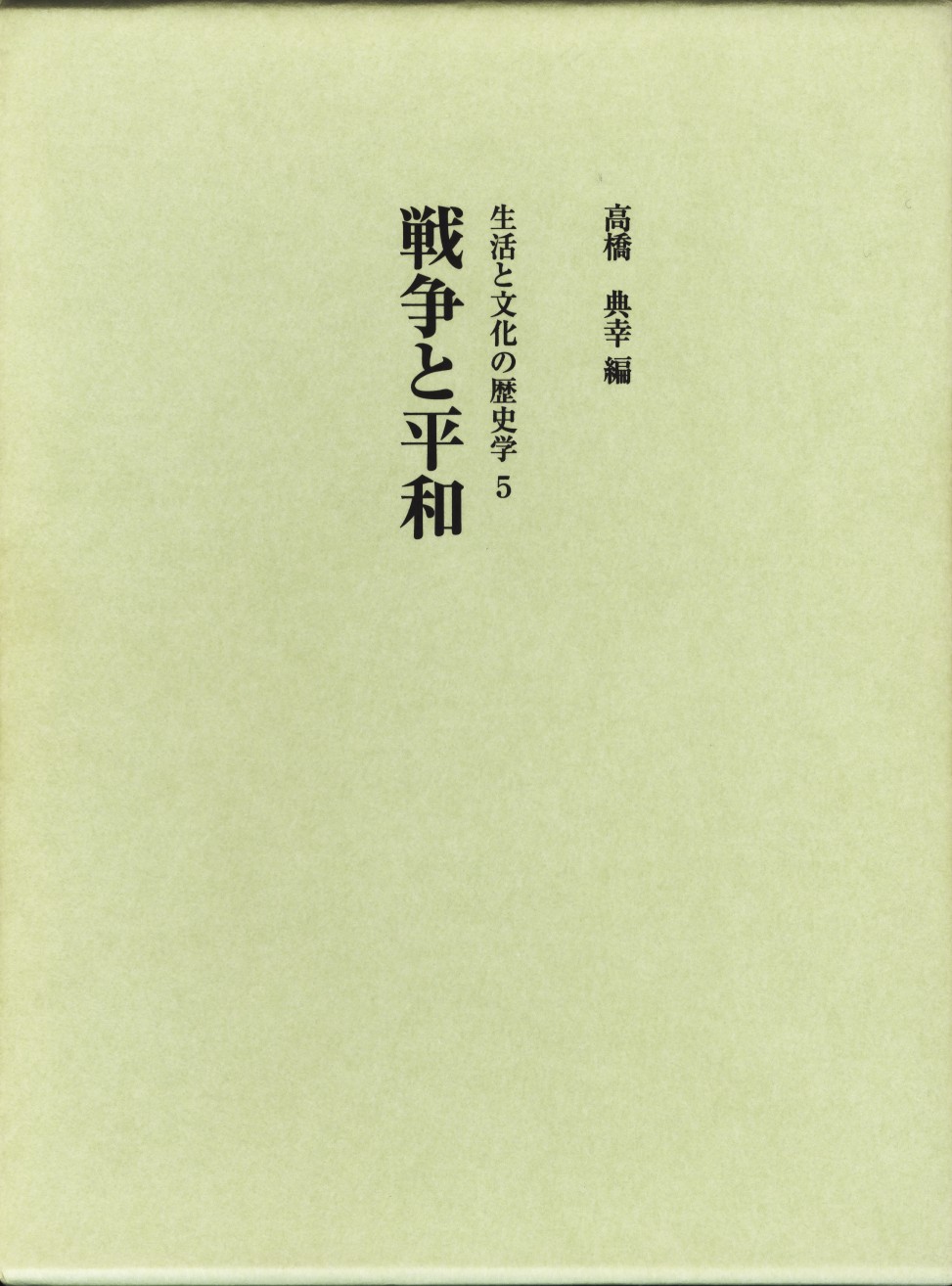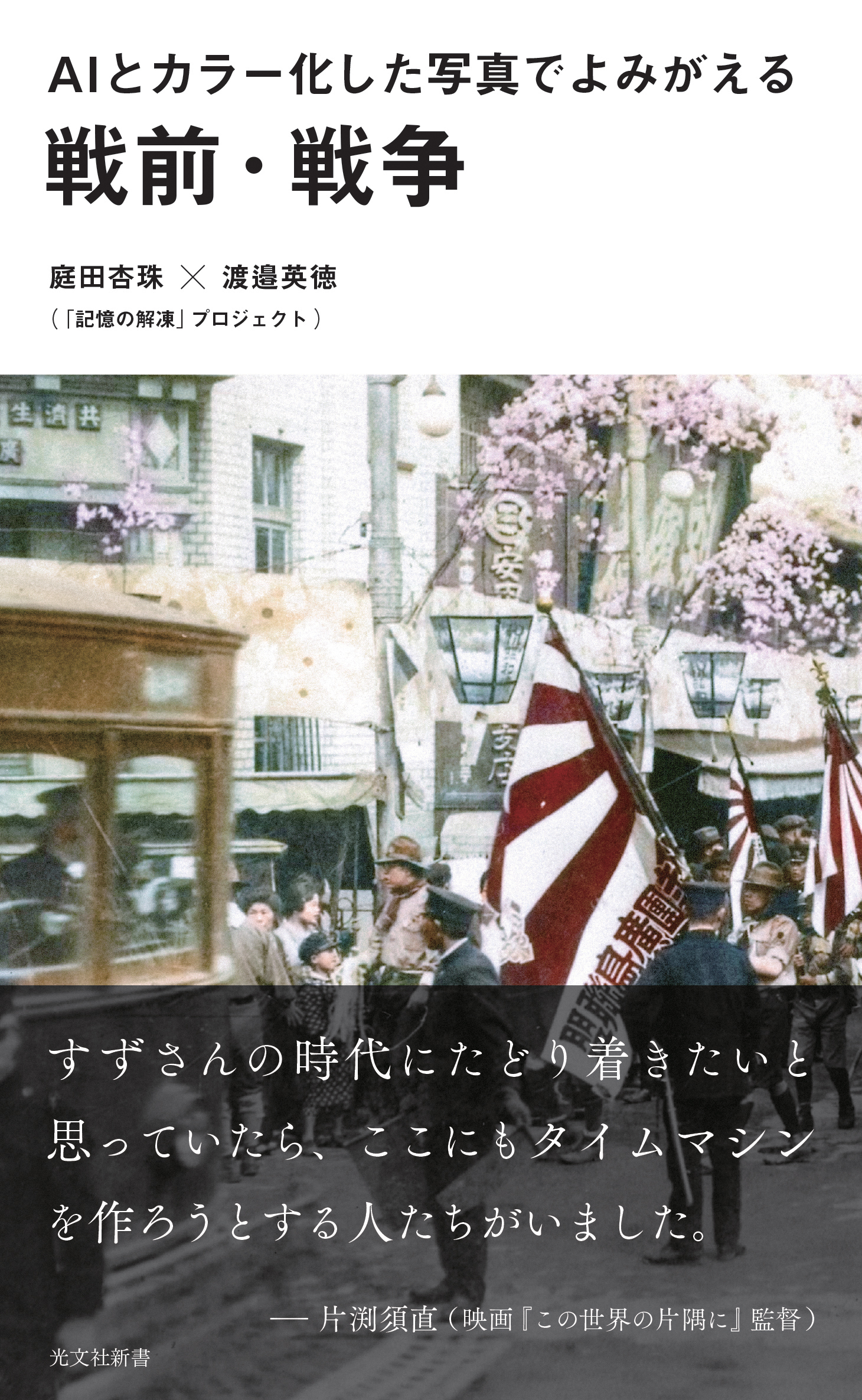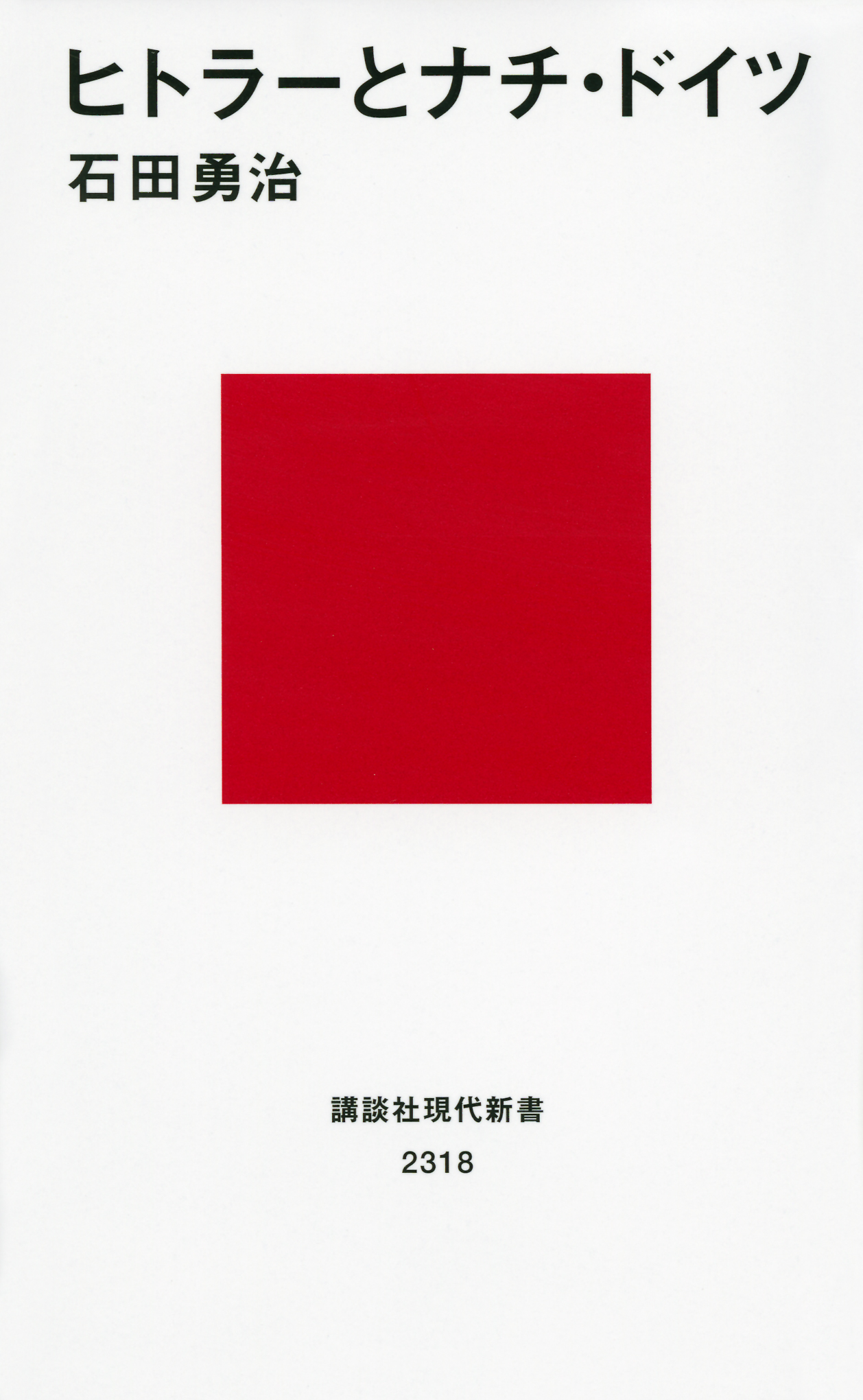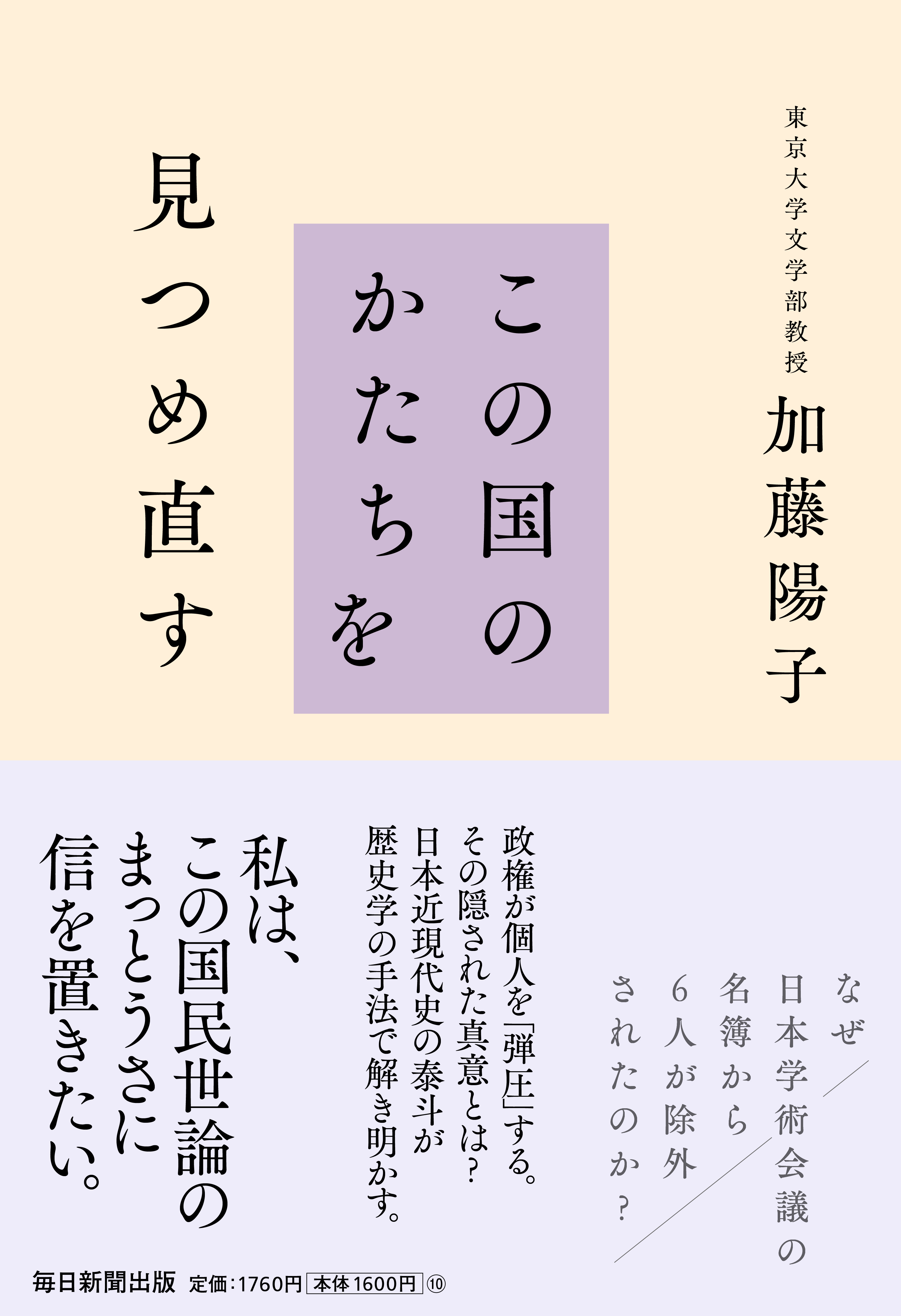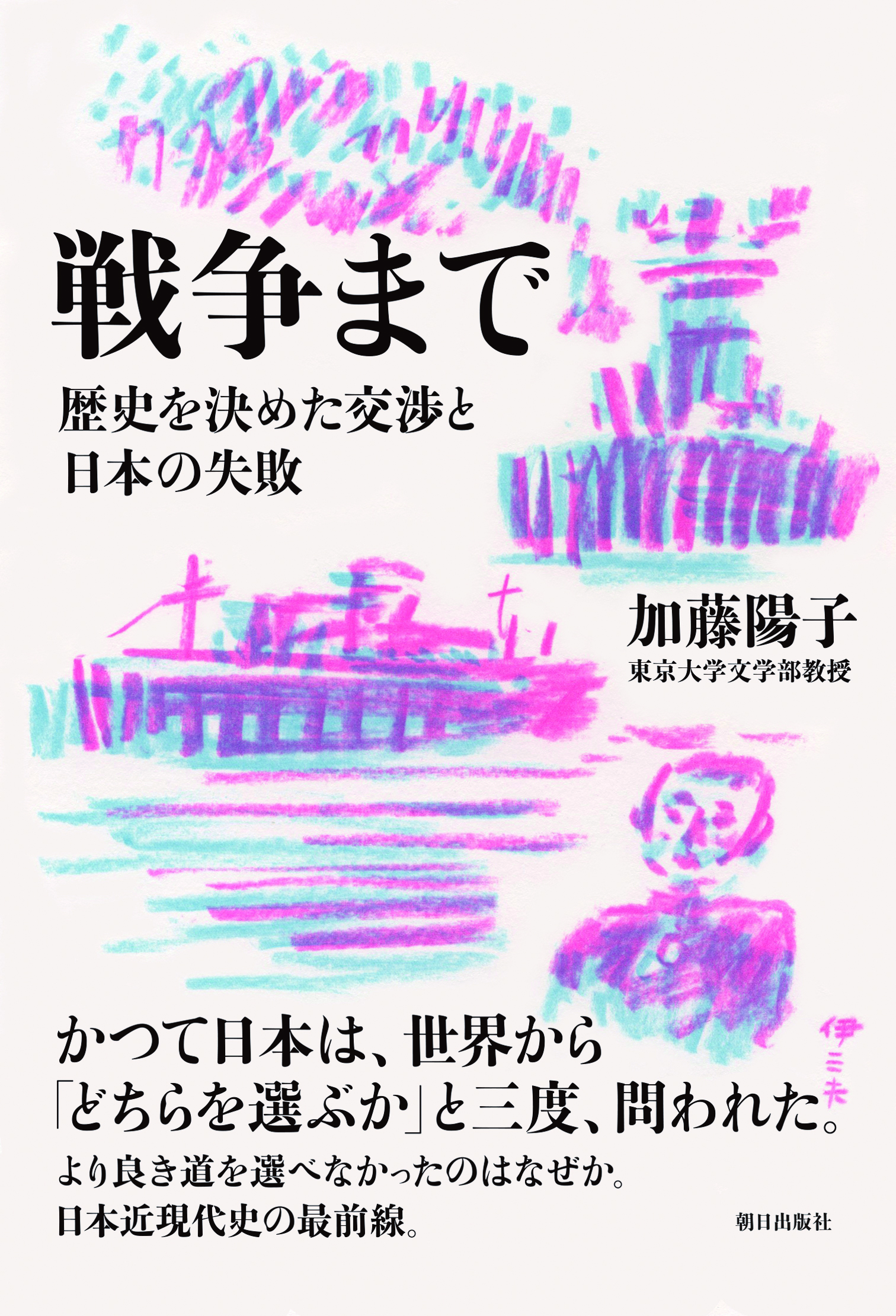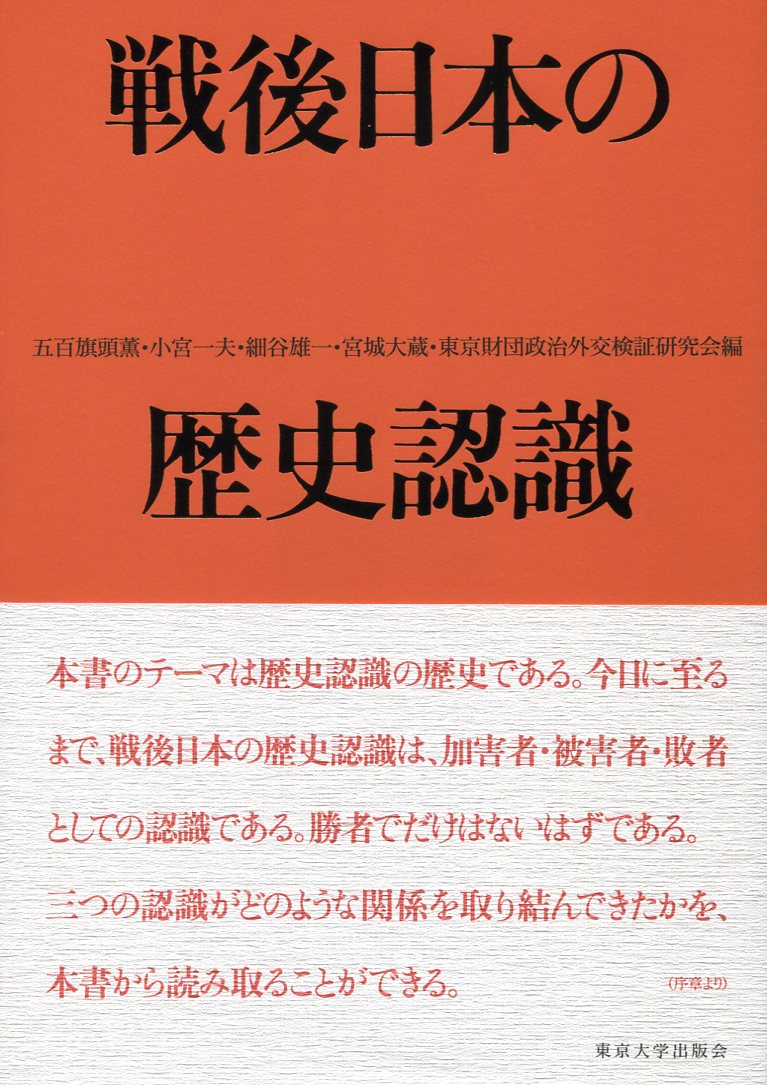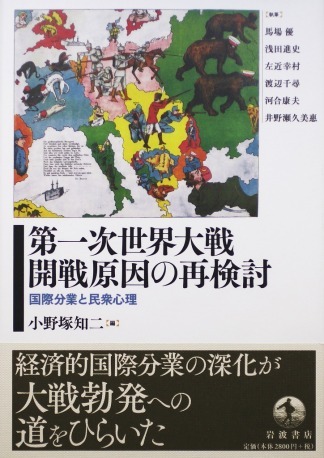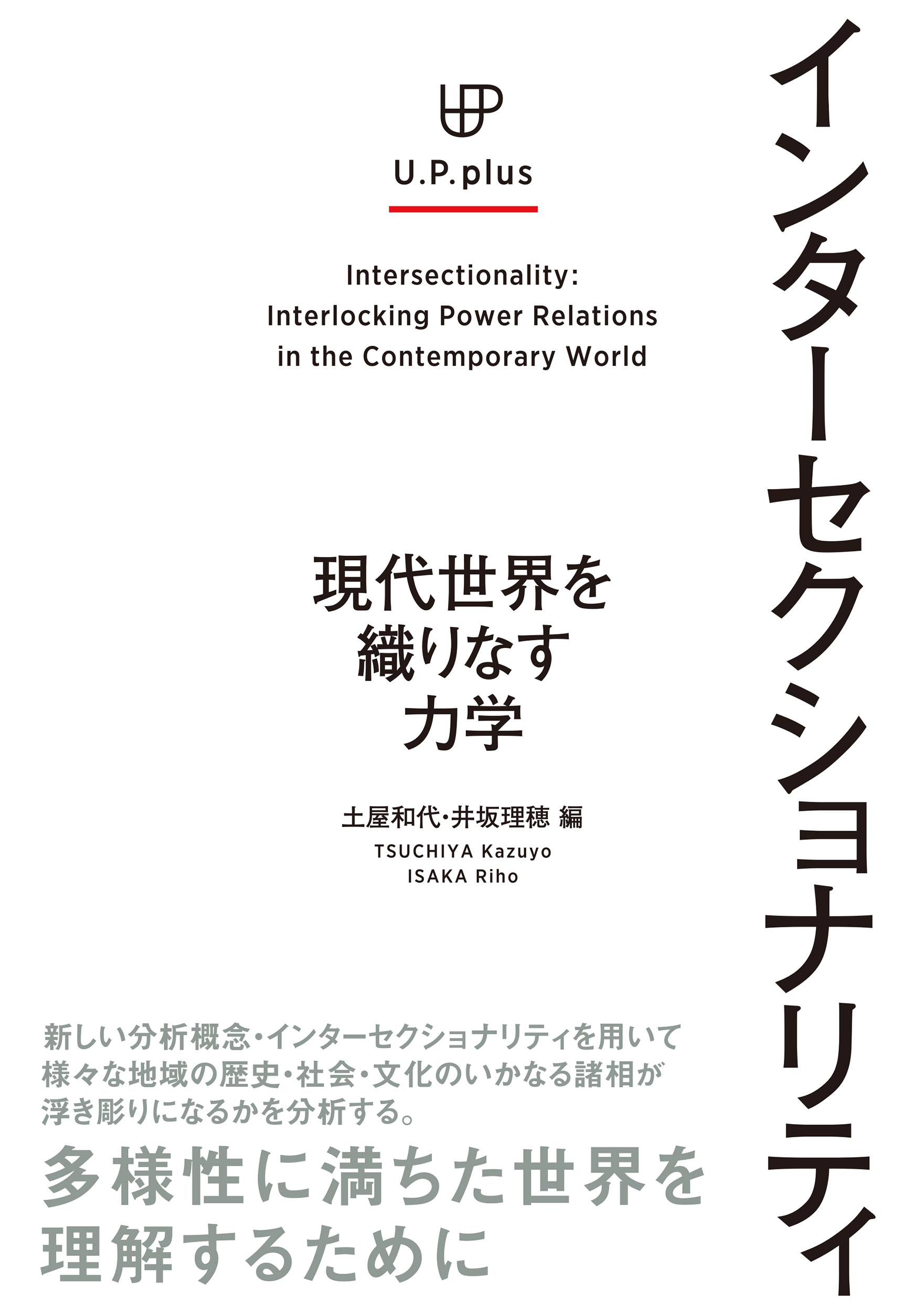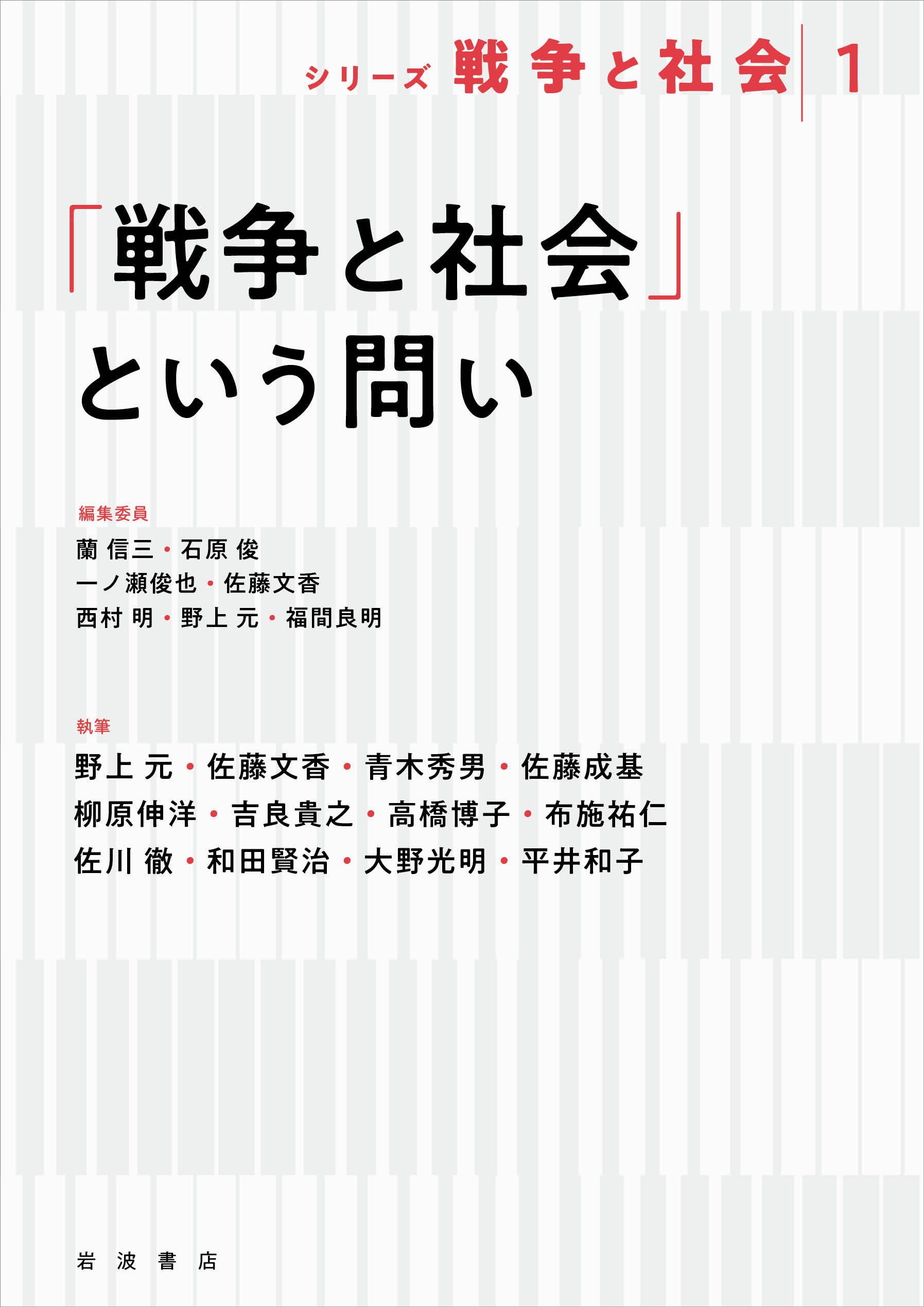
Title
Series Sensou to Syakai (War and Society Series, 5 volumes)
Size
A5 format, hardcover
Language
Japanese
Released
2022
ISBN
(vol.1) 9784000271707
(vol.2) 9784000271714
(vol.3) 9784000271721
(vol.4) 9784000271738
(vol.5) 9784000271745
Published by
Iwanami Shoten.
Book Info
See Book Availability at Library
Japanese Page
It is said jokingly that, in Kyoto, “the War” refers to the Ōnin War (a consequential civil war that lasted from 1467 to 1477). However, if we consider this to be an example of a discrepancy in people’s views of war, such discrepancies are still occurring in many places around the world. When the phrases “during the war” and “post-war” are used in Japan, the war that most people imagine is the Second World War or the Asia-Pacific portion of that war. The situation, however, is completely different in regions that have been involved in war since the latter half of the 20th century. Not just military technology but the very nature of war has changed. If we are to reexamine war in today’s globalized world, it is necessary to update our perceptions of war. This book series focuses primarily on Japanese society’s relationship with war and examines how this relationship has changed up to the present from diverse scholarly perspectives in the humanities and social sciences. In all honesty, when the series was being planned in 2017, I did not think that war would become such a prevalent topic of discussion. War, however, dramatically impacts the nature of society, while societies give rise to war or fight against war. It is our hope that the worthwhile discussions presented in the series will provide the readers with valuable insights into how to think about these issues contemporaneously. Overviews of each volume are provided below.
Volume 1: The Question of “War and Society.”
War, which has been deeply rooted in society as a means of controlling violence, has given rise to not only slaughter, poverty, and other tragedies but has also been involved in the birth of universal values such as freedom, equality, and prosperity. This volume presents a theoretical framework for opposing war and military affairs, which are omnipresent in society during both wartime and peacetime, at a point in time when the very nature of war is undergoing dramatic change.
Volume 2: Armed Forces in Society/Armed Forces as a Society.
While changing its name from the Military of the Empire of Japan to the Japanese Self-Defense Forces, armed forces (military organization) have continued to exist in Japanese society in both wartime and peacetime. How is society been affected by the military? What relationships does the military have with civil society and regional community? This volume delineates a new structure in terms of both continuation and discontinuation that resulted from the dismantling of the military following Japan’s defeat in the Second World War.
Volume 3: All-out War, Collapse of an Empire, and Occupation.
What kind of societal changes did the Cold war that followed the all-out Asia-Pacific War bring about in different parts of the world? How did people survive in a changing world? This volume examines the dynamic migration and mobilization of people brought about by the rise and the fall of the Empire of Japan.
Volume 4: The Magnetic Field of Discourse and Representations.
Occupation by the GHQ/SCAP, intergenerational confrontation during and after the war, the Vietnam war, end of the Cold War, and spread of the internet….In the midst of changing times, what has been said and what has been forgotten? This volume considers discourse and representations as points of contact between war and society.
Volume 5. Changing Memories and Mourning.
With the passage of time, the endeavor of recalling and commemorating a war that ended in defeat and of mourning individuals who died tragically in the war has become increasingly difficult and has been forced to change. This volume traces the process by which memories and mourning have changed in post-war Japanese society and clarifies how the gaze aimed at past events contain the possibility of opening up a brighter future.
(Written by NISHIMURA Akira, Associate Professor, Graduate School of Humanities and Sociology / 2023)



 Find a book
Find a book


